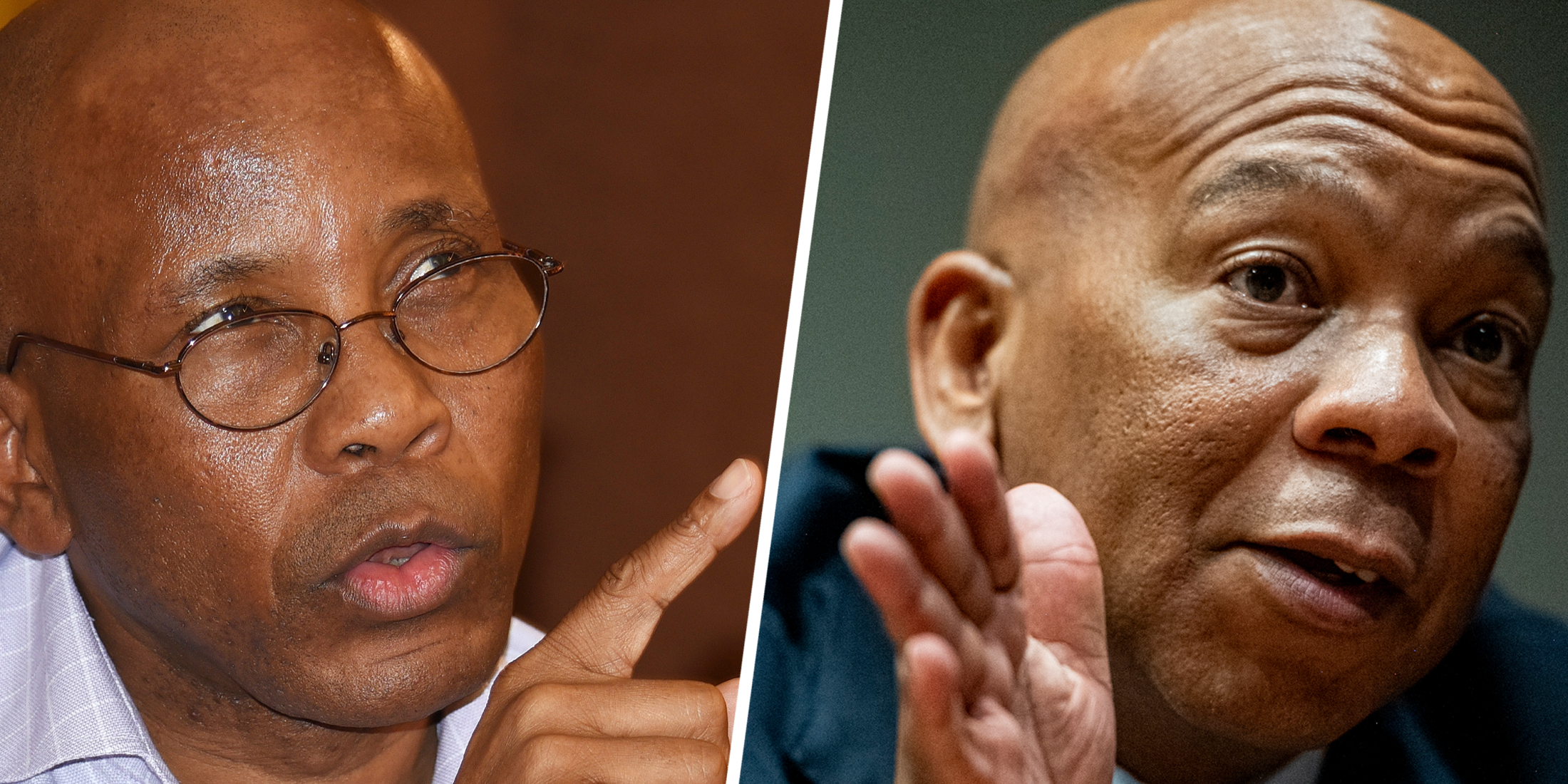Minister of Electricity Kgosientsho Ramokgopa told the Standard Bank Climate Summit in Johannesburg on Tuesday that success will be achieved “when we are no longer counting the days with no load shedding”.
Ramokgopa highlighted an energy trilemma in South Africa – with the three legs being energy security, access to energy and affordability.
On the issue of access to energy, he pointed out that while there is currently no load shedding, Eskom now refers to load reductions.
“Make no mistake. It might be a change in terminology, but the effect for the end user is the same. Businesses and residents in affected areas during load reduction periods do not have access to electricity,” he said.
Addressing the affordability issue, Ramokgopa said while respecting the process of the National Energy Regulator of South Africa (Nersa), there could still be a policy intervention to provide relief, balancing Eskom’s financial challenges to keep the lights on and access to electricity for the poor.
The power utility has applied for tariff increases of up to 44% for next year, and Nersa published Eskom’s revenue application for 2026 to 2028 and opened it up for public comment with a closing date of 1 November.
Read more: All eyes on Nersa as Eskom applies for yet another hefty tariff hike
Absolute statements not the way forward
Ramokgopa says the conversation should not be revolving around a black or white approach to either using renewables or using coal. “WE can’t have absolute statements binarising the conversation. It’s not either renewables or coal. Bringing a mix of the two [to the table] is an important conversation,” he said, adding that renewable energy solutions can address affordability issues.
More than a year ago, Standard Bank took a bold decision to support Eskom to the tune of $500-million to roll out its transmission network.
Kenny Fihla, Standard Bank group deputy chief executive, said this did not constitute the bank’s exposure to fossil fuels, but was intended to help Eskom expand its transmission network to connect to renewable projects, largely in the Northern Cape.
“Most of Standard Bank’s renewable energy projects are currently under construction, largely those awarded during Bid Window five of the Renewable Energy Independent Power Producers Procurement Programme, and the Emergency Energy Round of initiatives in South Africa,” he said.
Eskom chairman Mteto Nyati told the summit that the current board and management managed to shift the needle on energy production by taking a step back.
“There was this idea that we have an ageing fleet, and the answer is to retire it and allow the private sector to take over on renewables. The thinking was why throw good money after bad. We realised the problem was not the age of the fleet, but its reliability. So, the solution lay in putting resources into maintenance,” he said.
Leadership from the bottom up
The other big change in Eskom’s approach was a change in its leadership management.
“You can’t have a leader running ahead if no one is following. Who is he leading? Leadership means you need a team that is supporting your efforts,” Nyati said.
Another problem area Eskom identified was that of actual power generation and Nyati said the turnaround plan needed to be an informed one.
“When we were considering solutions, we had deep engagement with the people on the ground. So, when we came up with a generation recovery plan, it was informed by and incorporated the ideas of the people on the ground. It’s easier to embrace and drive a plan when they can see their own ideas in it and take ownership,” he said. DM
Standard Bank sponsored the writer’s flight costs to attend the Standard Bank Climate Summit.





